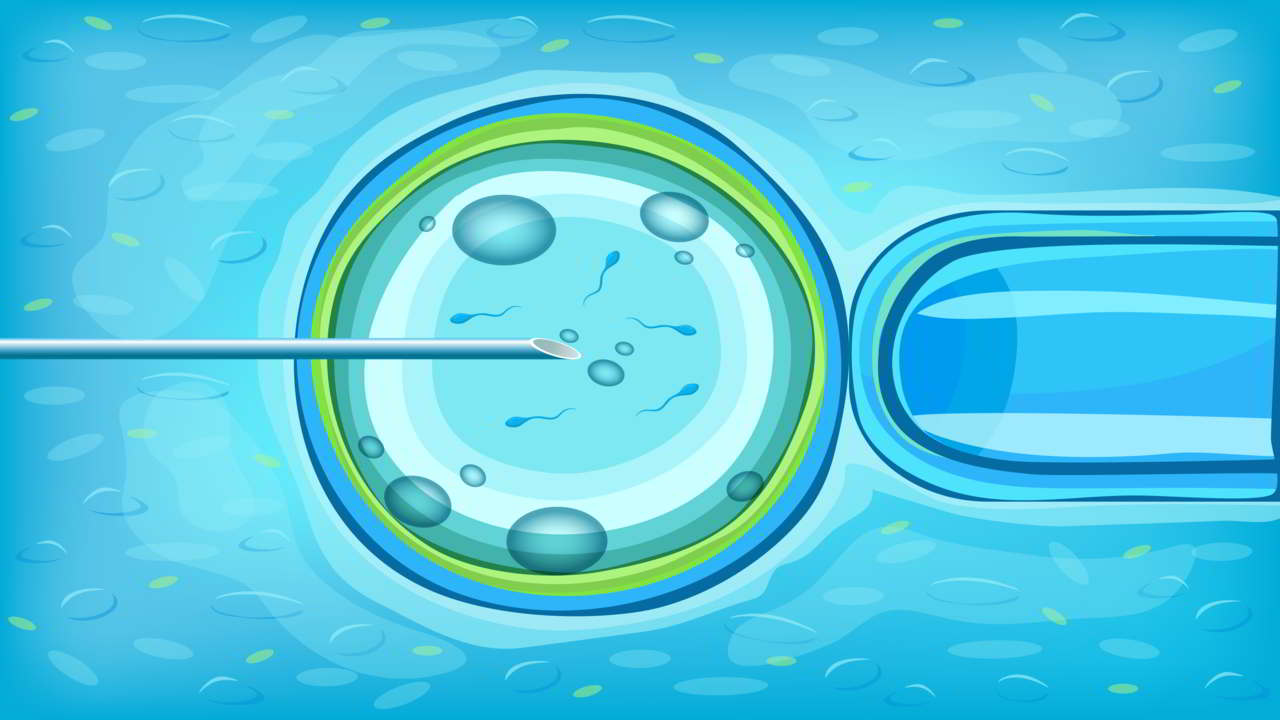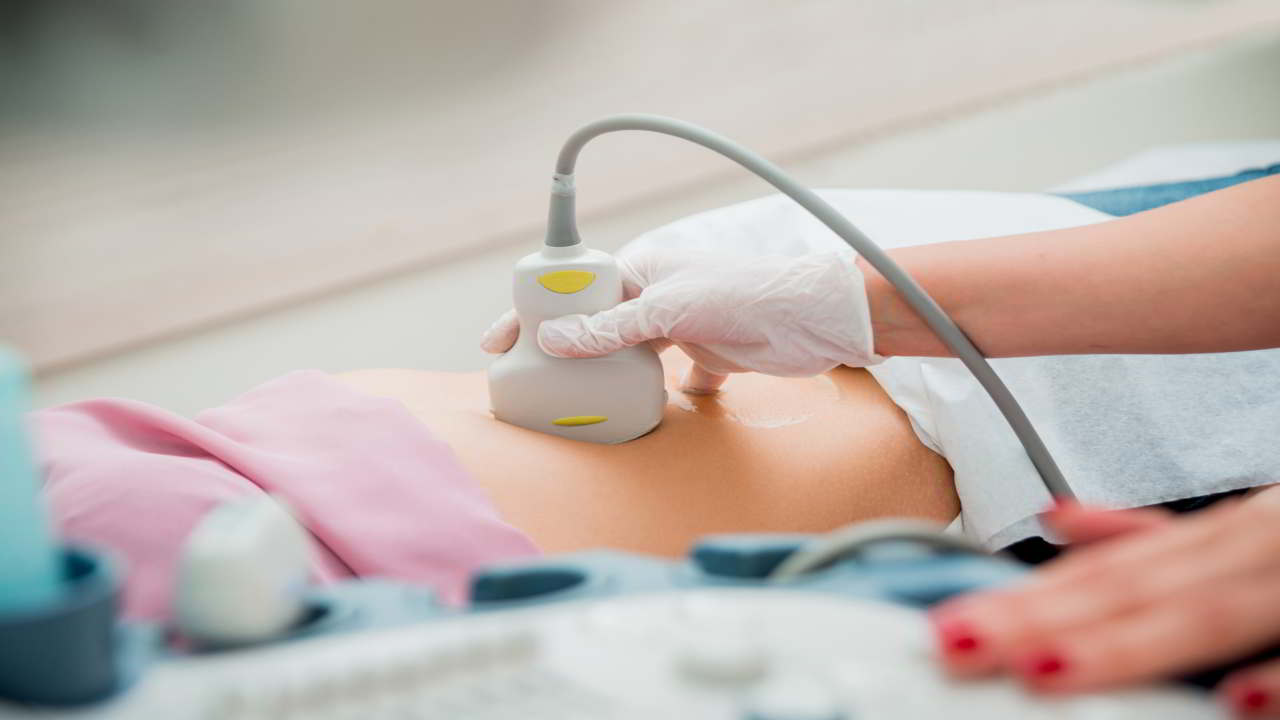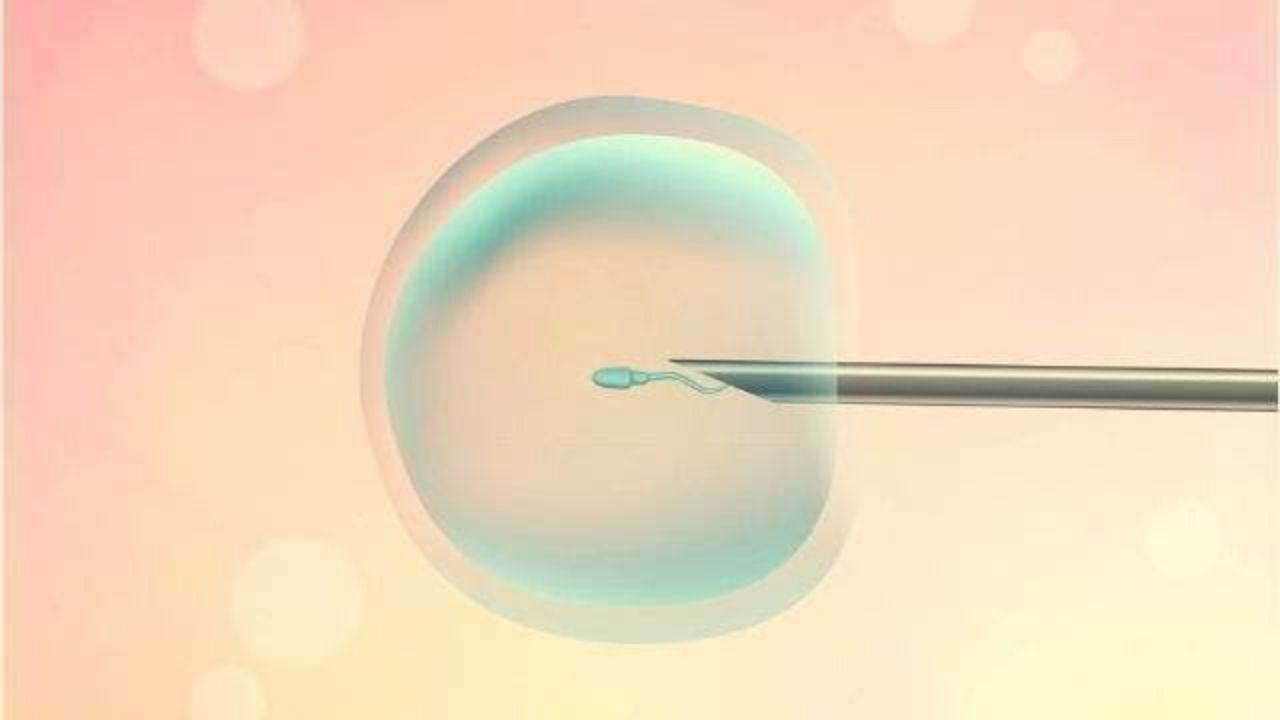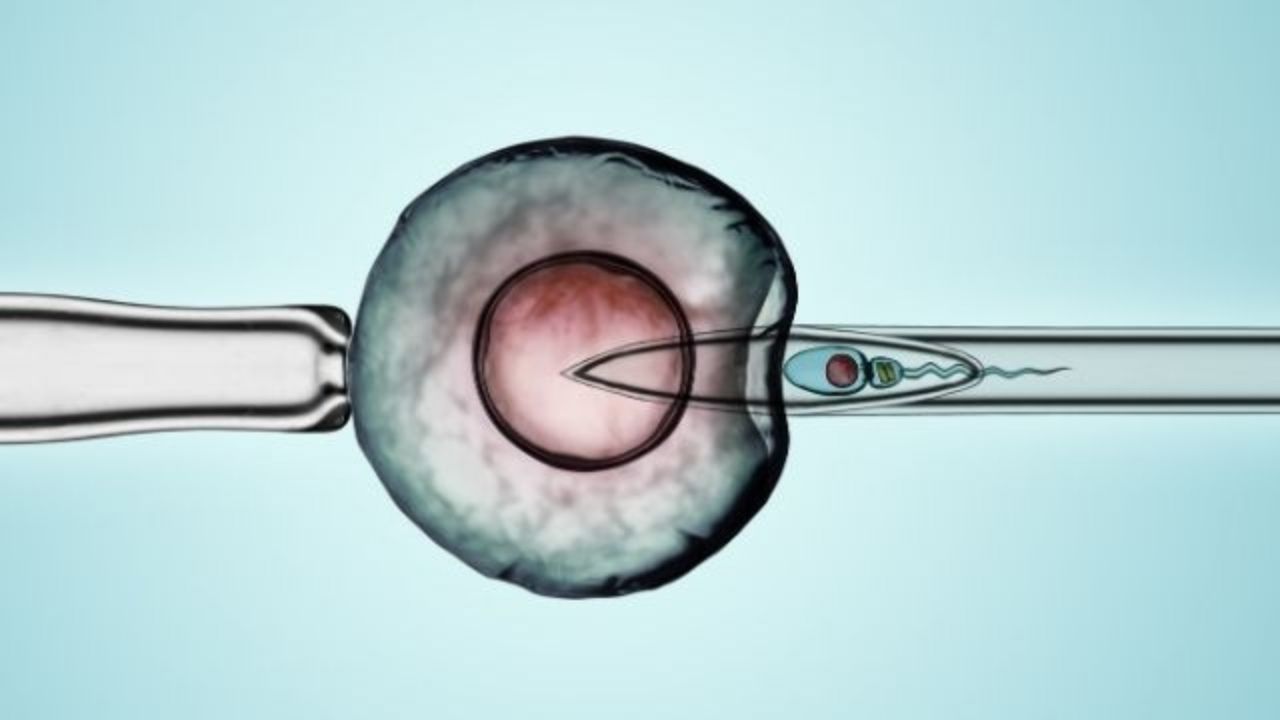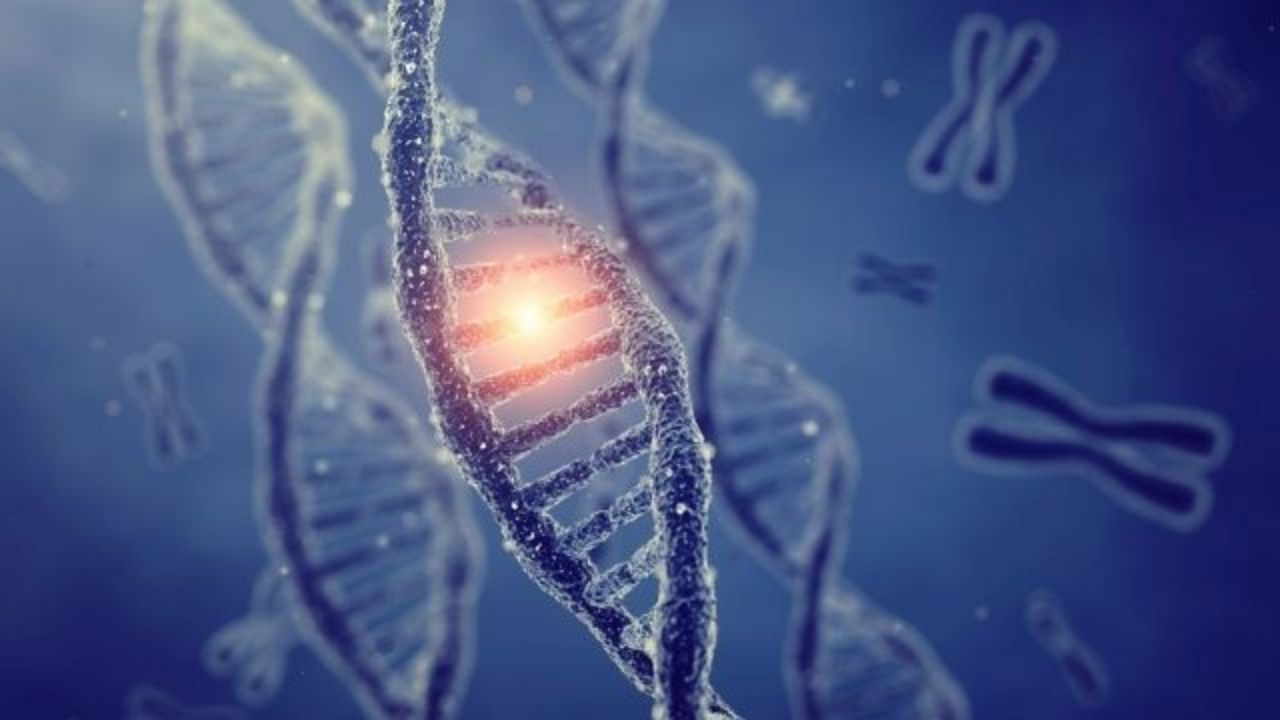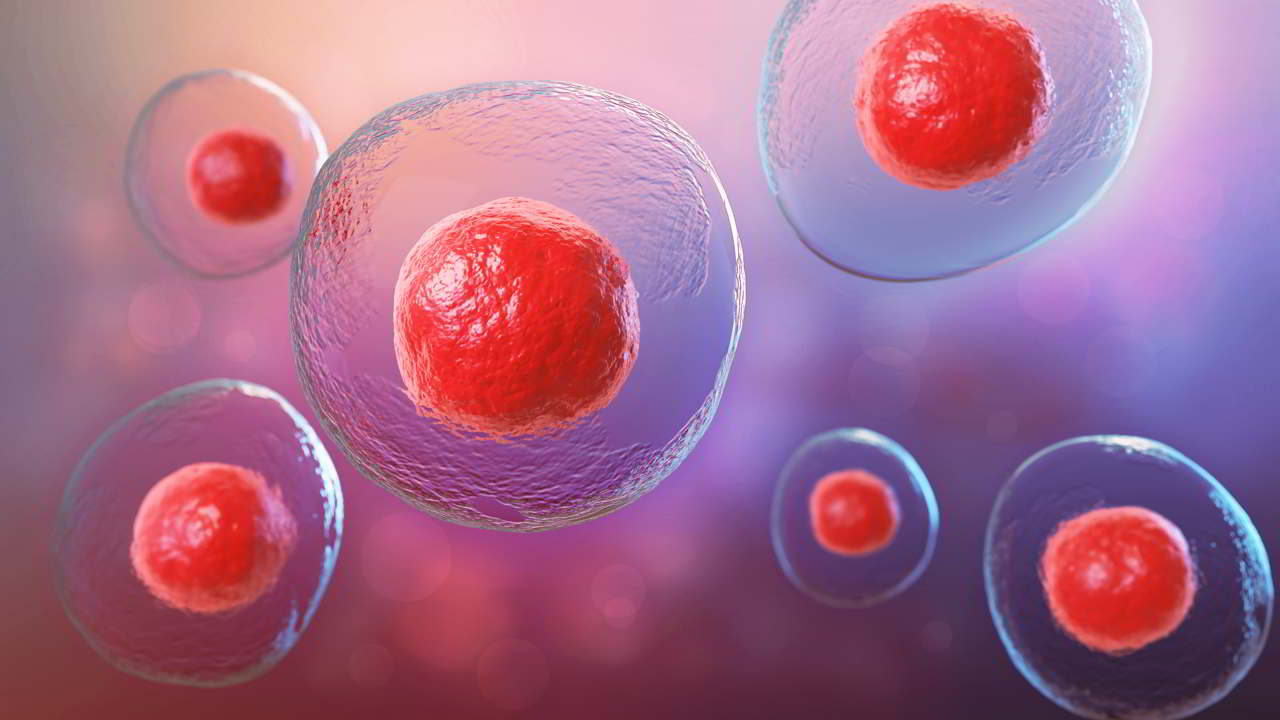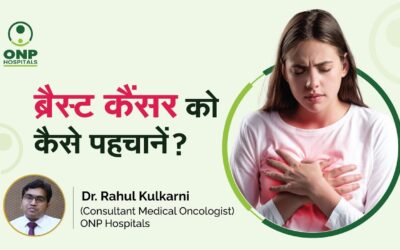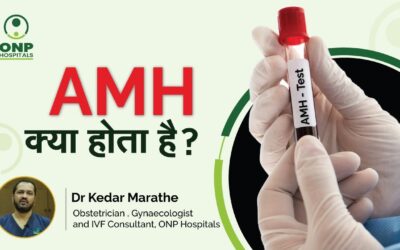As a pediatrician at ONP Hospitals, I’ve witnessed countless stories of resilience and recovery, but one case stands out—little Anaya’s story. Anaya, a spirited four-year-old, came to us after a severe finger injury that happened while she was playing in the backyard....
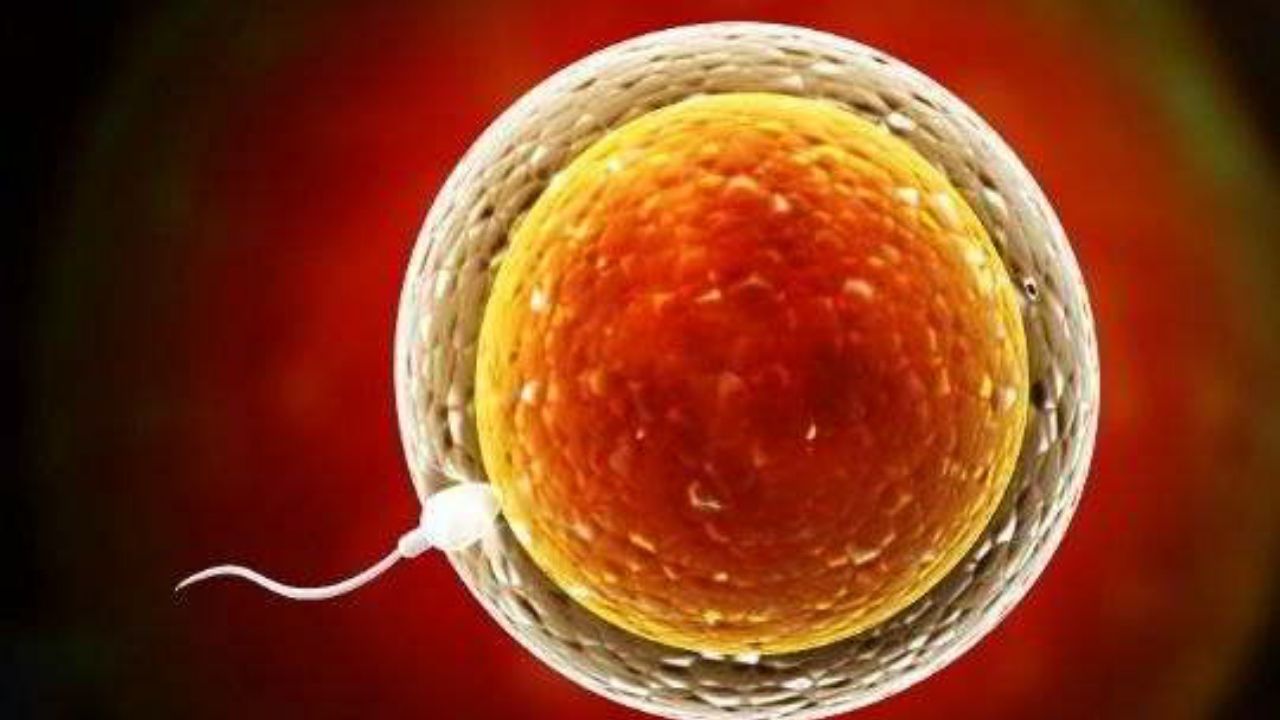
Overview
Ovulation is a crucial step in the menstrual cycle of women. The ovary releases a mature egg that reaches the uterus through fallopian tubes. Here, the egg meets the sperms and combines with one to form an embryo. Thus, pregnancy occurs when the embryo attaches itself to the uterine walls.
However, for many women, the process of ovulation does not happen smoothly. As a result, that leads to problems in conceiving a baby. This blog covers some vital information regarding ovulation induction, why it is needed, etc.
Everything You Need To Know About Ovulation Induction
What is Ovulation Induction?
Ovulation induction, as the name suggests, induces the process of ovulation artificially. The procedure involves the use of medication to encourage the production of one or more mature follicles. Without ovulation-inducing medicines, some women do not generate mature follicles regularly. As a result, it increases ovulation-related issues and leads to problems in conceiving.
Why is it Needed?
Initially, the main goal of ovulation induction therapy was to induce the production of a mature and healthy egg. The second purpose of ovulation induction was to increase the number of mature eggs in a single cycle. Hence, it helps to increase the chances of pregnancy.
Initially, injectable drugs were used in (IVF) and simpler therapies to induce egg production. Later, evidence arose to show that treating even women ovulating naturally with fertility medicines could be beneficial.
Consequently, these women with “unexplained infertility” may have minor ovulation problems. So, the drugs may cause two to three eggs to mature instead of just one. As a result, ovulation induction improved ovulation, which in turn increased pregnancy rates.
When is it Needed?
In ovulatory women, ovulation induction is always paired with techniques like intrauterine insemination (IUI). Before using fertility medicines to induce ovulation, all underlying hormonal abnormalities, such as thyroid dysfunction, should be treated.
Who Needs it?
Women with issues regarding ovulation and other problems, including unexplained infertility, should consider Ovulation Induction therapy. Some of it include:
- Women who have cycles that last longer than usual or are irregular.
- Women who cannot ovulate at all.
Moreover, the treatment to induce ovaries should not include:
- Women who have blocked Fallopian tubes or severe tubal problems.
- Women who suffer from disorders like severe endometriosis.
Medications to Induce Ovulation
Ovulation induction is a method of regulating a woman’s reproductive hormones and increasing the odds of ovulation using a range of hormone-based drugs. The following are some of the medications:
- Clomiphene Citrate (Clomid or Serophene)
This medication blocks the actions of estrogens and causes the body to create more follicle-stimulating hormones. Also, it is prescribed to women who have infrequent periods and extended ovulation cycles.
- Aromatase inhibitors (Letrozole or Femara)
This class of drug has similar indications to clomiphene citrate. In addition, it is particularly beneficial in PCOS patients.
- Human Menopausal Gonadotropin (hMG)
This medication is generated from the urine of postmenopausal women. It stimulates the formation of follicles and, therefore eggs, throughout the ovulation cycle.
- Gonadotropins
Luteinizing hormone (LH) and follicle-stimulating hormone (FSH) are two injectable hormones that promote egg formation. These are also naturally produced by the pituitary gland. Unlike clomiphene citrate and letrozole, Gonadotropins require more frequent monitoring due to their potency in stimulating egg formation.
What happens during the Procedure?
The ovulation induction process is performed in steps:
- Stimulation
Clomiphene citrate is one of the drugs used to induce ovulation. Such oral medications stimulate the development of the follicles that contain the eggs. Other medications known as gonadotropins may also be recommended. That is for circumstances when you do not ovulate or ovulate but do not become pregnant after clomiphene therapy.
Also, these medications can be given alone or in combination. Throughout the stimulation cycle, your hormone levels and follicular development are monitored. Depending on the progress, the drug or its dosage can be changed.
- Control
Before beginning with the ovulation induction therapy, tests are done to ensure the levels of other hormones. Similarly, after the procedure, more tests are done to observe the changes in your body. These tests are used to compare your natural hormone levels, as well as the changed levels.
- Final results
When your follicles mature and are ready to ovulate, you will receive an intramuscular injection of hCG. That prepares you for intercourse or intrauterine insemination when the follicles are mature. Besides, the follicles usually range between 16 and 20 mm in diameter, depending on the stimulation medication.
Conclusion
A good clinic and expert consultation are mandatory before you undergo this treatment. Apart from the benefits, you also need to weigh risks like multiple pregnancies and over-stimulation that may come along.
There are minimal risk rates if you choose experts for this procedure. To know more, you can book an appointment with us.
Sub Services
What Patient has to say about us
People heavily rely on reviews from other patients when choosing a healthcare provider
Our Patients Many many happy returns of the day......... The best doctor in the world My mother was suffering from severe pain in both knees and spine. Dr. Aashish arbat sir has operated today after 15days she is doing every thing thank you Dr aashish arbat sir and team Especially the major support was from Dr Ram sir from admission to dischatge and follow ups and taken care very nicely thanku Dr. Ram sir Our Patients After enduring knee pain for the past decade, my mother sought advice from various doctors in Nagpur, Nashik, and Pune. They all recommended knee replacement surgery, but it was only when we discovered Dr. Aashish Arbat and the option of robotics surgery that we made the decision to proceed. The surgery took place on June 23, 2023, and it turned out to be an incredible experience. To our astonishment, on the morning of June 24, my mother was able to stand on her own legs and even take a few steps. This remarkable progress was made possible due to the advanced assistance of robotics arm and Artificial Intelligence. Dr. Aashish Arbat is an exceptional and highly experienced surgeon, and we are immensely grateful for his expertise. We also extend our appreciation to his colleagues, Dr. Sharma and Dr. Ram, for their excellent skills and compassionate nature. Our heartfelt thanks go out to the entire team for enabling my mother to live a pain-free life Our Patients My mother got her both robotic knee replacement from sir on Oct 2021. The team and sir have made the complete process seamless. Especially my mother was very comfortable post her surgery. Thank you Dr Arbat and team. Our Patients Our Patients Our Patients Hello. My wife has severe arthritis in her body knees since 2017. We communicated many doctors but she was not happy. We visited Dr arbat for same issue and he came up with robotic knee replacement solution which suited her accurately and she is walking 5-6km daily without hesitation and living comfortably. Thanks Dr. Aashish Arbat and his new technology.![]()
Chhaya Kate
![]()
pravin kharat
![]()
T Srivalli
![]()
Mohan Satavekar
![]()
VIVEK PANDEY
![]()
Subhash Bobade
Blogs
Addressing Childhood Obesity: Preventative Measures and Healthy Lifestyle Choices
Childhood obesity is growing concern. More kids are affected every year. Tackling this issue early is crucial. This ensures children grow up healthy and happy. Fortunately, there...
Healthy Sleep Habits for Children: Tips for Parents
Good sleep is essential for children’s health and development. Yet getting kids to sleep can sometimes feel like an uphill battle. Establishing healthy sleep habits early on sets...
The Role of Diet and Nutrition in Managing Encopresis in Children: Insights from Dr. Amita Phadnis
Encopresis, a condition characterized by involuntary soiling in children, can be distressing for both the child and their family. First and foremost, complete treatment of...
Videos
Dr. Amita Phadnis’s Full Speech on Survival & Health Rights at UNICEF India.
Dr. Amita Phadnis ,M.D., Gave a Motivating Speech
Breast cancer is cancer that forms in breast cells. Women are mostly diagnosed with this cancer. Although it can be seen in both men and women
What is AMH
The granulosa cells in your ovarian follicles create the anti-Mullerian hormone, often known as AMH. According to the American College of Obstetricians and Gynecologists (ACOG), the generation of AMH is a reflection of your ovarian reserve.
FAQ’s
Pregnancy and Migraine Headaches: What Women Need to Know
When you are pregnant or breastfeeding, then you should be aware that migraine headaches are a normal part of the journey. Pregnant women might feel headaches owing to...
What Is the Problem of Orthopedics in Children?
While orthopaedic problems are commonly seen in and associated with the elderly, it’s important to be alert regarding the fact that they can afflict young people and children as well.
All You Need to Know About Reproduction
Most science students have to study about reproduction in their high school syllabus, and some learn from their parents, who may discuss it even earlier. It’s a very good thing to know about our own bodies…
Explore All Departments

ONP Prime

ONP Leela

IVF

Oncology

Pediatrics

Urology

Neonatology

Ophthalmology

Orthopedics

Gynaecology

Cardiology

IVF

Oncology

Pediatrics

Urology

Neonatology

Ophthalmology

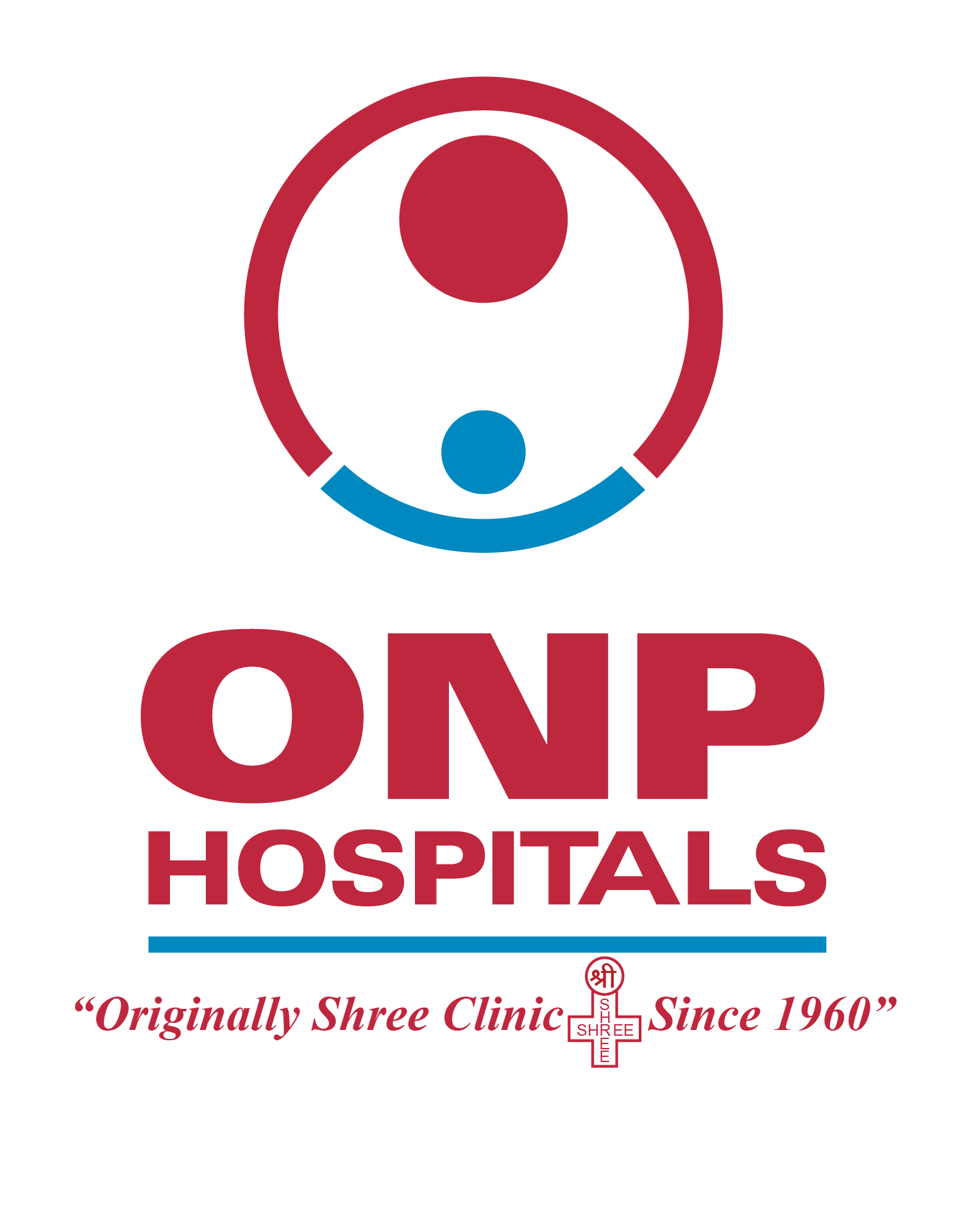
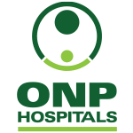

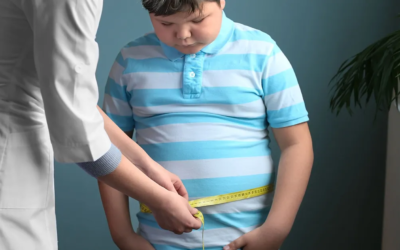
 Home
Home

